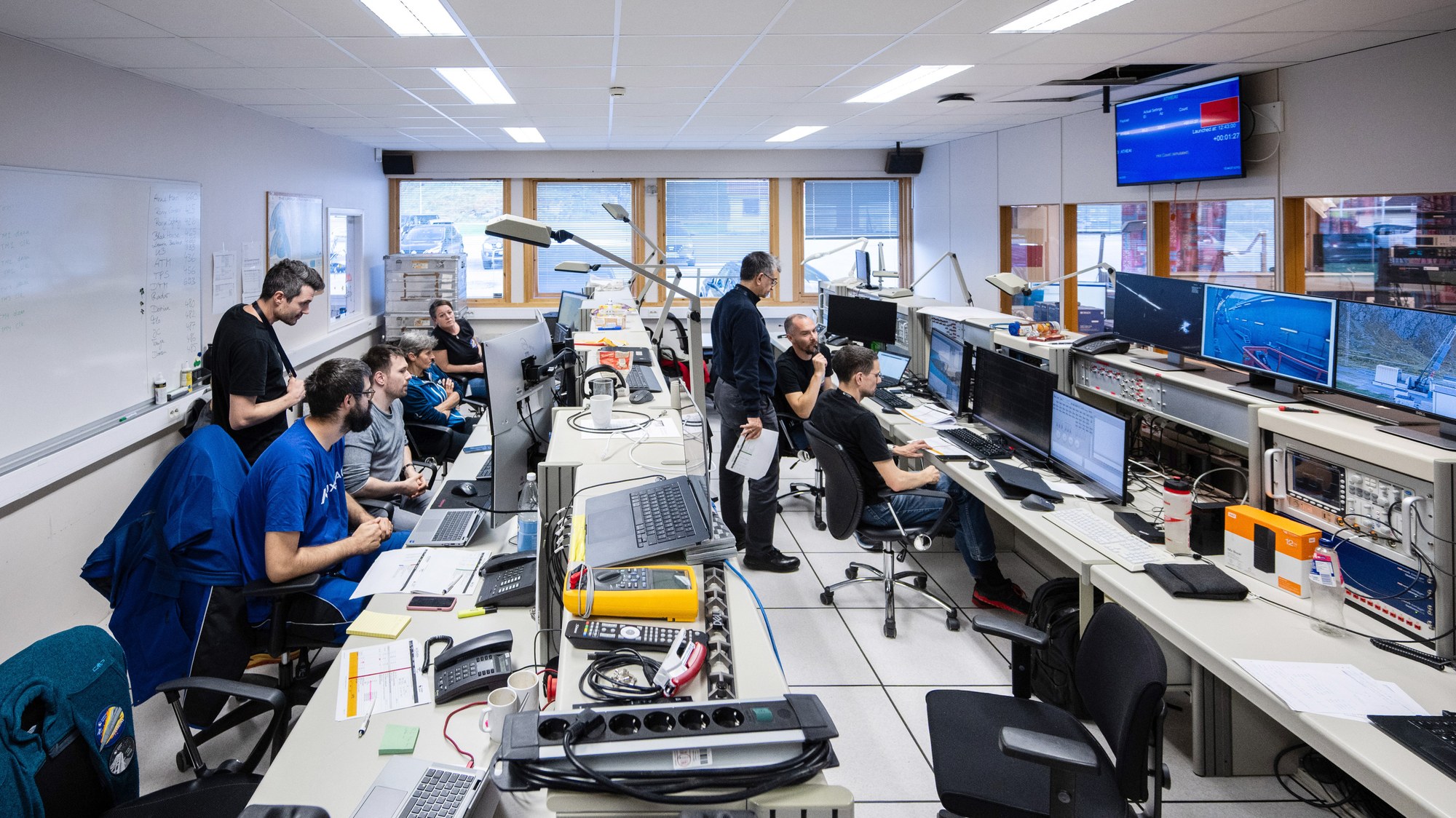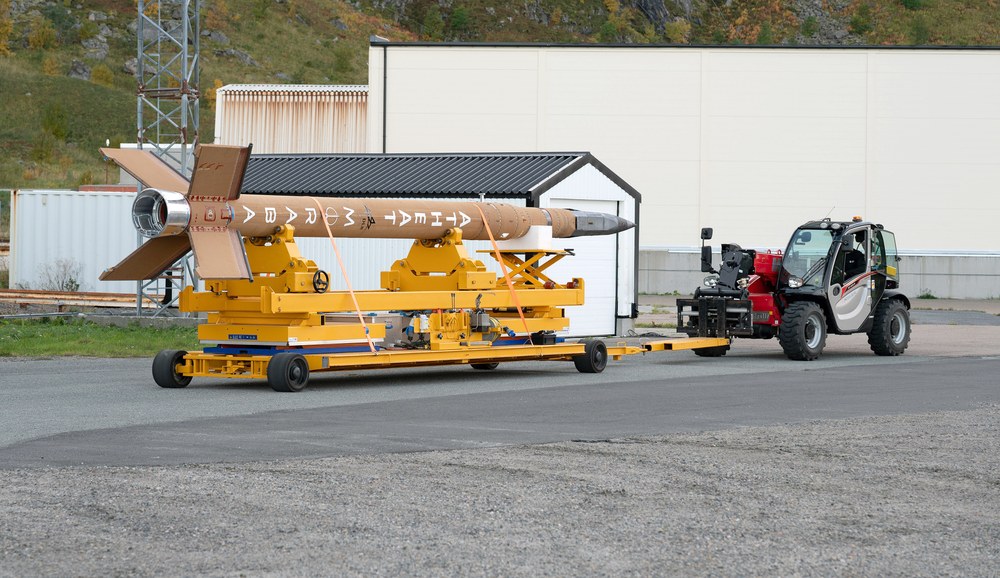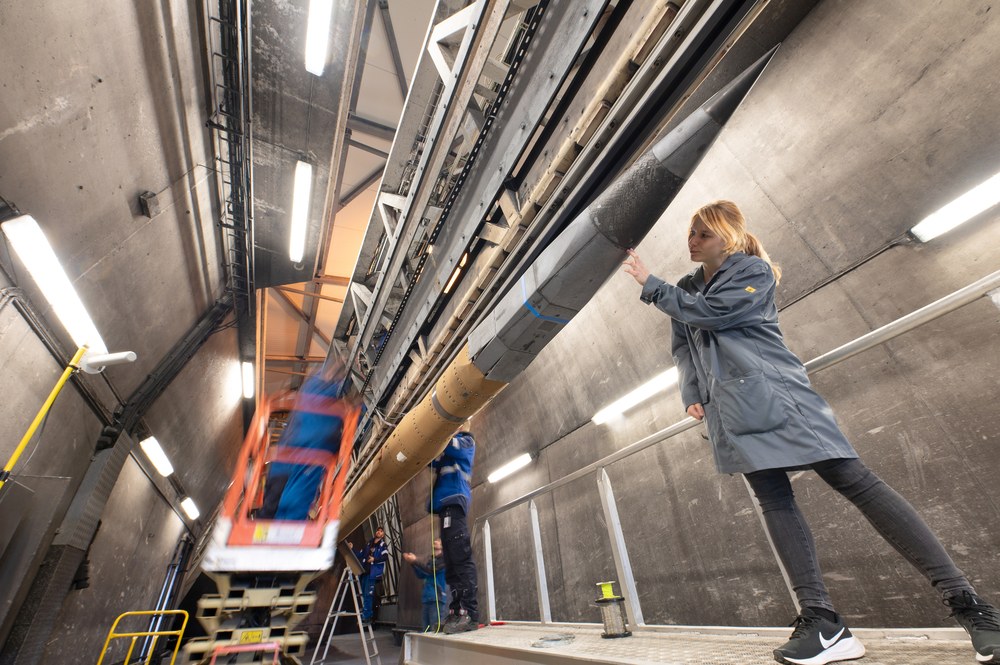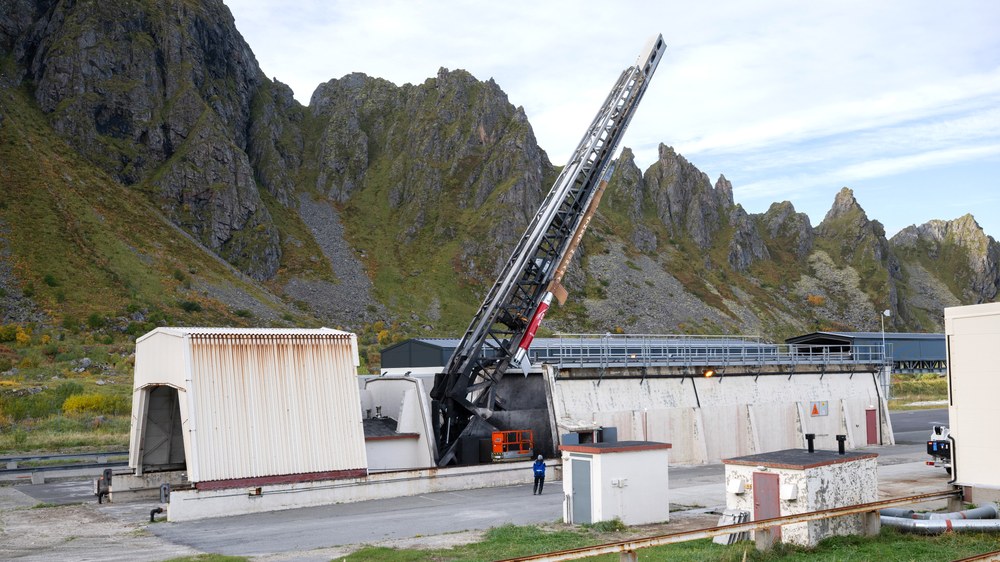ATHEAt flight experiment – on the road in Norway for next generation of space transport (part 2)

Page-long checklists – 'countdown procedures' – have been part of every launch since the dawn of spaceflight. They set out in detail all the important steps in the hours and minutes before and immediately after liftoff. These procedures give everyone involved a sense of security and control as the tension rises. But confidence comes with preparation; it is only during a countdown rehearsal that it becomes clear whether or not the carefully planned procedure will also stand up on launch day. Indeed, it is during a practice run that all the hard work from DLR and Andøya Space teams must come together, with phones ringing off the hook, heads bent together and raised again towards an array of monitors before them. It is not uncommon for the countdown to be paused, perhaps to adjust the timing sequence or reboot a subsystem. Once the test countdown has been successfully completed, things soon get serious – the actual launch is not far away.
Off to the launch pad – roll-out of the components

Andøya Space
In the days leading up to the test countdown, the ATHEAt campaign team (Advanced Technologies for High Energetic Atmospheric Flight of Launcher Stages) finished assembling the upper section of the research rocket and brought it to the launch pad. This upper section consists of the forebody with the scientific payload, several service modules for measurements, power supply and data transmission, and the second, upper propulsion stage. At the launch pad, this was all added to the first, lower propulsion stage, completing the 13.5-metre-tall rocket. The first stage is powered by a RED KITE engine – a powerful solid-fuel motor developed by DLR together with the company Bayern-Chemie and tested for the first time in November 2023, also from the launch site in northern Norway.
High speeds raise the temperatures

During the approximately five-minute flight, this won't only heat up in the control room – the team expects temperatures of up to 2500 degrees Celsius at the rocket's nose cone. Its set of slightly protruding small flaps will also get very hot, reaching 1500 degrees Celsius. Such flaps could be used in the future for steering and are therefore particularly interesting to the development team. To withstand the enormous aerothermal and aerodynamic loads, the front body is largely made of a special fibre-reinforced ceramic. Manufactured entirely at DLR it is highly efficient – not only withstanding extreme temperatures during flight but also remaining mechanically stable and comparatively light. Heat protection systems for space transport vehicles must also meet these requirements, especially if they are to be reusable and flown multiple times. With flight experiments like ATHEAt, DLR is developing and testing precisely the necessary technologies and construction methods to make this possible.
Technology and teams ready for launch
Although the ATHEAt flight experiment is launched at an angle, the rocket was first raised completely upright. Two team members with a head for heights set off on boom lift to tighten the final connections between the individual parts of the rocket one last time and double check everything. The launch tower was then lowered back down and the protective cover closed. The upper part of the research rocket was also covered with a foam cap to protect it from moisture. Apart from a few final checks, it now waits for its big day – in, ideally, the driest possible weather with only light winds.

Related links
Tags:
